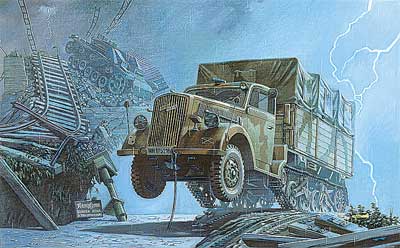
|
In the autumn of 1941 upon arrival on the Eastern
Front the German army faced a problem about which nobody had given
proper consideration during the planning for Operation Barbarossa
- the absence of normal hardened roads in Russia. The Wehrmacht
military machine had overcome almost all Europe without problem
in a very short time, but already before 1942 in the boundless spaces
of the Soviet Union, the German armies' great quantity of wheeled
transport had begun to founder. The different types of three-ton
vehicle which made up the spine of the motorized divisions, were
hopelessly compromised by the endless Russian dirt; but during this
period the semi-caterpillar machines (Sd.Kfz.10, Sd.Kfz.250, Sd.Kfz.251),
though they too had problems, nevertheless overcame this 'unforeseen'
obstacle.
In the spring of 1942, when it became clear that war had settled in for the long term, and the problem would return with new force, it was decided to construct special semi-caterpillar versions of the standard models of truck. For a basis a design of suspension bracket used by the British Universal armored car was taken (the design known as Carden Lloyd), but the Opel firm developed their own suspension bracket, more simple and technologically advanced in construction. Nevertheless, a uniform standard design was selected, a Ford suspension bracket which near-copied Carden Lloyd. The truck with caterpillar tracks instead of a back wheel pair received the name “Maultier” (”donkey”). The official name Opel Blitz Opel 3.6-36S/SSM Gleisketten-Lastkraftwagen did not achieve common use, and semi-caterpillars have for ever remained “Maultier”. In comparison with Ford Maultier machines, the Opels were produced more slowly, but this did not affect the overall quantity of the completed machines (in total there were 4,000 units delivered). The normal three-ton Opel Blitz could be converted to a Maultier even in field conditions: the half track suspension bracket could be fitted in place of the back bridge, and the driveshaft was shortened. The Opel Maultier was widely employed everywhere in all theaters of operations on the Eastern Front, but in 1944 when the German armies were forced back from the borders of the USSR, their role was considerably reduced - in the territories of Europe there were generally good road conditions during the war years. The numbers of Opel Maultiers substantially declined - new machines were not built, and during repair many Maultiers were converted back to conventionally wheeled vehicles. However it is known that some Maultiers were put to use for particular tasks during the final months of wartime operations; for instance, a small number of Opel Maultiers were used in Werner von Braun's center at Peenemünde. |
|
x1
|
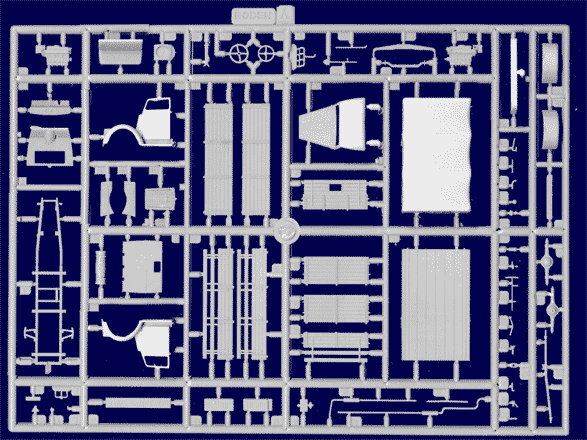 |
|
x1
|
x1
|
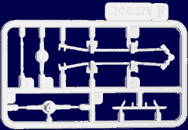 |
 |
|
x2
|
x2
|
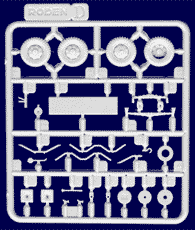 |
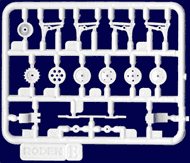 |
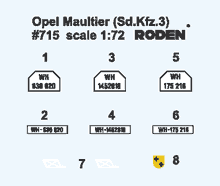
|
| Performances | |
| Length | 6020 mm |
| Width | 2240 mm |
| Height | 2520 mm |
| Full weight | 6600 kg |
| Useful load | up to 2900 kg |
| Wheelbase | 3600 mm |
| Engine volume | 3626 cm3 |
| Power | 68 hp |